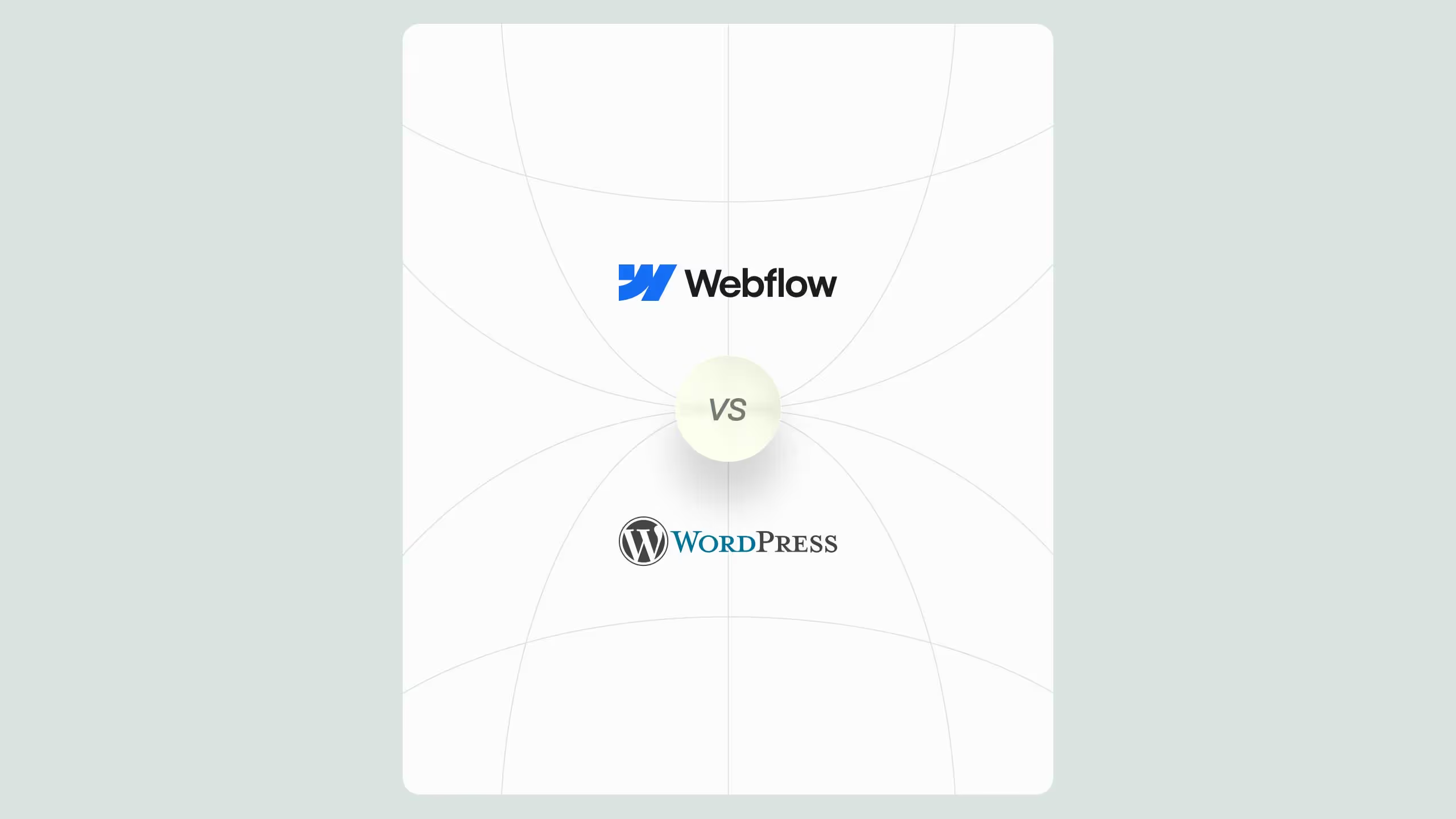3 Secrets of Effective Design Process - How to Talk to Your Clients

At Broworks, we adapted Jake Knapp’s Design Sprint into a 3–4 week workflow covering UX, UI, and development, without losing the human factor. The real magic lies not in the framework, but in communication. Asking better questions, forcing the “why,” observing real users, and maintaining constant dialogue between team members lead to better designs and fewer revisions. No matter the method, great design comes down to people, understanding them, talking to them, and creating for them.
Some time ago, in Broworks Design Studio, we came across the term Design Sprint created by Jake Knapp and started to get familiar with it. Design Sprint is a method of designing through several steps (or 5 days) that speeds up the process and gives more effective results. We followed it step by step, to see what makes it better than other processes.
Of course, every time a new method arrives in another culture, it gets slowly adapted to the needs and possibilities found there. That's why we studied the Design Sprint so we could implement it in our current working flow. Now we have a new way of design, which covers UX sprint, UI design, and development in three to four weeks.
- First week - UX sprint
- Second week - UI design
- Third week - Development
However, when we talk about designing products for people, something always comes up. It's the human factor.
The Human Factor
What we've learned is that no matter how refined, tried & tested the design process is, each one is different - because of the people who create designs and the people it's created for. That means every design has a purpose for a person - the target audience. Everything else - layout, colors, and interactions - serves that purpose by filling the same design, layer by layer, to give it more and more value to the user.
As humans also create this user-oriented design, the most important thing is for the users and the designers to understand each other. That's why we prioritize communication between creators and stakeholders in every Design Sprint. We’ve seen that the greatest potential for ingenious ideas lies in the quality of communication. Likewise, the greatest failures in design come from poor dialogue and ignorance.
Here are things you can do to improve your communication with clients. Because everything you solve in meetings will reduce errors that appear in UI design.
1. Ask questions the way kids do
Sometimes people think it’s embarrassing to ask a lot of questions, especially if something seems obvious. We get it. But one designer cannot afford not to ask. You should ask your client absolutely everything you can think of about their product/service.
Remember how children ask questions having no filter because norms and expectations do not limit their brains? That allows them to hit the target easily when they ask about things. Not for nothing, we say Explain it to me like I’m five when we want to learn about something.
Example:
Our first client meeting (first week, UX sprint)
Client: We differ from other clinics.
BW Team: How?
Client: Well, we work better and more efficiently.
BW Team: Why is what you do better than what other clinics do? Could you explain with an example?
Client: Well, for example, we will surely find a diagnosis for someone.
BW Team: How would you do that? What if it is some unknown disease?
Client: Well, even when we have to treat a disease that is unknown, we will seek a solution outside the clinic and the advice of doctors from abroad, until we come to a solution.
In the last sentence, the designers finally got a solid answer to how this client differs from others. Now, that reason can find its place in the design (and maybe be emphasized).
Getting answers requires you to be a little persistent with the questions, but be careful not to be overly annoying and pushy. You don't want to make anyone uncomfortable, of course, just show genuine interest until you get the hang of it.
Even if the clients find it a little strange that you ask so much, believe me, they will thank you later when they see that every effort they made to explain something to you improved the UI and UX design by 200%. So, don’t accept vague answers. You need something concrete to show on the site.
2. Force the Why
Clients sometimes come with a preconceived idea of how their site should look. As a designer, you need to ask why? for everything. By now, we already know that every grain of design has its time and place for a reason. Clients may not know it to that extent and want something just because it is cool, it looks nice there, or that's how a competing company shows it. When they give answers like these, they may be on to something, but you need to be sure. Follow them with questions like:
- Why do you think that element belongs there?
- Do you think it will evoke some emotion in the users
- Do you think it's sending a notable message?
- Why is what you want good for UX?
This magical Why? doesn't allow something to enter the design until it deserves it.
N.B. sometimes even when you explain something to the client from the point of design principles and psychology, they may not agree. Then it's up to you whether you want to meet them halfway, to find a solution that at least won't jeopardize the design (if it doesn't improve it), or in the extreme case, to end the project. It all depends on the situation.
3. Never stop observing the target audience
After all, every site is going to be used by someone, and you need to get to know those people. It would be best to meet your client's target audience in person to find out how they see things. To be honest, this is not always possible, so it is important to ask the client as much as possible about their users.
It is smart to ask about how people react when they see or use something, how they behave, etc. Avoid asking What are the wishes and hopes of your users? because the client may guess or interpret, and you will get an incomplete or inaccurate answer.
Try to observe people, both clients, and users, and listen to how they talk and what preoccupies them. You will get much more information from their non-verbal communication and unconscious reactions than from what they actually say.
Intentional words are those that reveal the least about a person.
BONUS: Talk to your team members
At every meeting, ideas can start popping up. For example:
- Could elements be animated so that they deflect from the cursor but still be clickable?
- We would like to include music somewhere that will follow the user on every page.
In such cases, UX designers can approve the idea, but the eyes fly to the developers who process all the time whether something can be built and how. Designers and copywriters also need to be in constant agreement from the very beginning.
Why do so many people still have to be at the first meeting?
Because ideas will be measured on the spot, which minimizes problems later. You won't have to start over when the developer tells you at the last stage that something crucial can't be done as you visualized.
Conclusion
To wrap it up - you solve all design problems by talking to people. Your users are the most important to you, so try to get to know them as well as possible.
When working with clients, you need to have the soft skill to defend and reject ideas in a non-threatening way. You want them to approve your design, understand it, be satisfied, and see great results. And all this in communication with your team to speed up the process, and eliminate unnecessary mistakes, waste of time, money, and nerves.

.svg)
.svg)


.svg)




